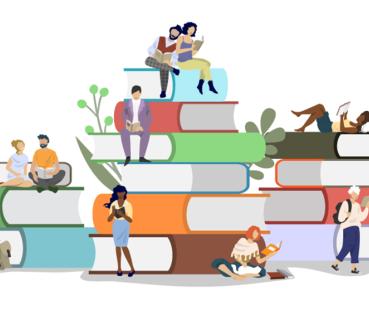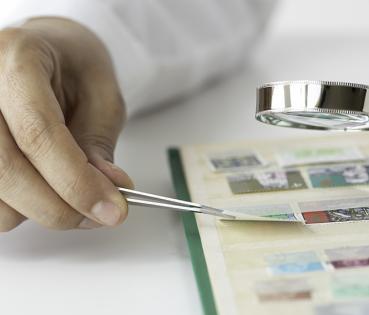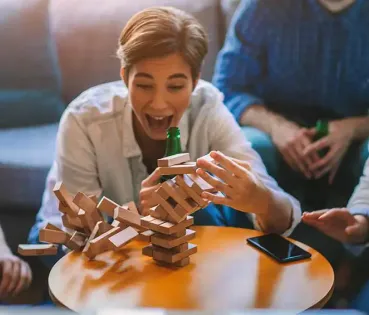
Illustrated notes are best for remembering things
According to recent studies, multifaceted approach of using the technique of drawing benefits memory as it lines up many different regions of the brain.
It is a universal gesture. When we have to remember something, the first thing we do is write it down. Whether it is on one of the famous, original post-it notes, on a paper napkin or on a mobile phone app. The wish to remember something is associated with writing it down, but a study by the magazine ‘Experimental Aging Research’ indicates that there could be a better way of keeping things fresh in our memories: drawing a picture.
And the fact is that unlike a plain text, drawing makes the brain work in a different way to writing, forcing it to process visual information, translating the meaning of a word into an image, while carrying out a physical action, all at the same time. For this reason, the study indicates that the multifaceted approach of using the technique of drawing benefits memory as it lines up many different regions of the brain. To demonstrate this, 48 adults aged between 20 and over 80 were worked with. All of them were asked to write down 15 words and draw another 15 words, using a simple drawing or doodle. After a period of time devoted to another, very different activity, they were asked to remember as many of the previous words and drawings.
For all the age groups, the memory exercise resulted in them remembering more of the words that they had drawn than the ones they had written down. They repeated the experiment months later and the result was the same: the researchers found that drawing was a better tool for memorising, regardless of the quality of the images or the time taken in completing them. And the benefit is even greater in people who are starting to suffer from some type of memory loss and dementia. Their recall is better if they are remembered due to a drawing.




